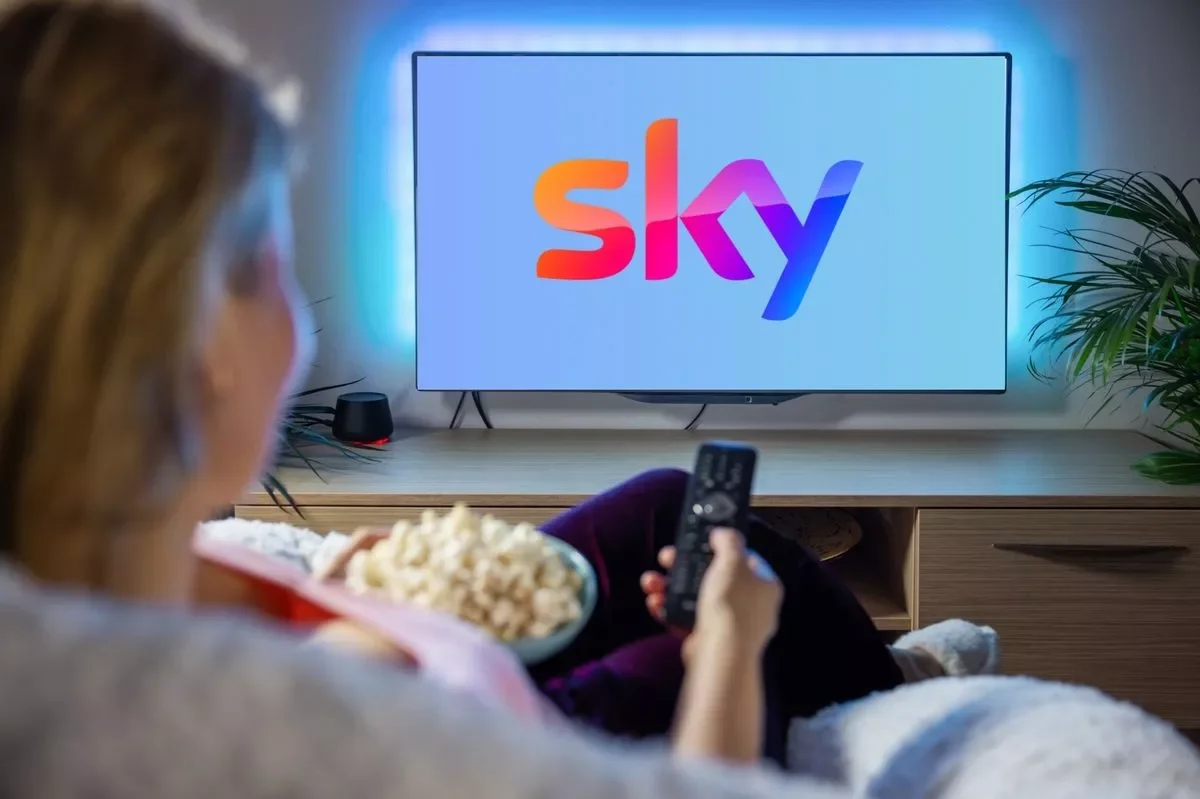The ABC's of choosing which social media channels will showcase your brand the best. 🎤
Social Media Channels
Key Takeaways
Audience first – Go where your audience is, but also understand why they use a platform, and how your brand can add value in that context.
Play to brand and format strengths – Match your identity and storytelling style to the right platforms and content types, rather than chasing trends.
Integration beats duplication – Use multiple platforms strategically, giving each a distinct role, while keeping your brand narrative consistent across channels.
Why Choosing the Right Channels Matters
The abundance of social media channels available today means brands have endless opportunities to engage with audiences. But it also creates a dilemma: with limited time, resources, and budget, which platforms will showcase your brand most effectively?
Choosing the right channels is one of the most important early decisions in your social media strategy. Pick well, and your content works harder, reaching audiences in the right place at the right time. Pick poorly, and you risk wasting effort and advertising spend on platforms where your audience isn’t active, or where your brand message simply doesn’t resonate.
At One Day, we simplify this process into three essential questions—your ABC’s of social media channel selection.
A: Audience – Who, Where, and Why?
The starting point is always the audience. Too often brands jump straight into creating content without first asking the fundamental questions:
Who is your target audience?
Where do they spend their time online?
Why are they drawn to those platforms?
It’s not enough to know the demographics of your audience. You need to understand the psychology behind platform choice.
For example:
If your audience is largely aged 18–24, TikTok is likely where they spend their time, drawn in by entertaining short-form video.
A 30–45 professional audience may be found on LinkedIn, using it for networking and industry insights.
Pinterest attracts people actively planning—whether that’s weddings, holidays, or DIY projects.
It’s not just about being present where your audience is. It’s about understanding why they are there, and how your brand can add value to their experience. On Instagram, audiences want inspiration; on Reddit, they expect honesty and substance; on LinkedIn, they’re looking for authority and expertise.
B: Brand – What Do You Provide, and How Can You Prove It?
The second step is to consider your brand itself. What are you offering, and how can that best be showcased?
It’s not enough to sell a product. In today’s digital economy, you need to prove value—through storytelling, social proof, and demonstration. The platforms you choose must allow you to communicate this clearly.
Ask yourself:
Do you need visuals to demonstrate your product? If so, Instagram, TikTok, or YouTube may be the strongest choices.
Does your offer rely on authority and expertise? LinkedIn or long-form content platforms like Medium might be better suited.
Are you selling products where reviews, recommendations, and community endorsement matter most? Consider X (formerly Twitter), Reddit, or niche Facebook groups.
Your brand identity and goals should shape which platforms you prioritise. A B2B SaaS business may waste effort trying to “go viral” on TikTok if its buyer decision-makers are reading thought-leadership posts on LinkedIn instead. Conversely, a lifestyle brand ignoring Instagram would be missing a vital stage in the consumer journey.
C: Content Format – Audio, Visual, Video or Written?
The third pillar is content format. Different platforms privilege different media types, and your choice should align with both audience expectations and brand strengths.
Audio – Podcast sponsorships, branded podcasts, or audio snippets on platforms like Spotify are powerful for storytelling and authority-building. Ideal for niches where long-form discussion adds value.
Written – If your strength lies in witty, sharp messaging or thought leadership, channels like X or LinkedIn give words centre stage. Blogs and newsletters also reinforce credibility.
Visual – Static and designed content thrives on Instagram, Pinterest, and Facebook. Perfect for product-driven brands where photography or graphics play a big role.
Video – The dominant format of the moment. TikTok, YouTube, Instagram Reels, and now even LinkedIn prioritise video. From explainer clips to behind-the-scenes snippets, video allows brands to communicate personality, value, and authenticity at scale.
Matching your brand’s natural storytelling strength to the right format ensures your message doesn’t just reach people—it resonates.
Managing Multiple Platforms
Sometimes, the answer won’t be one platform. Often, brands benefit from a combination. A fashion brand, for example, may showcase collections on Instagram, drive inspiration on Pinterest, run behind-the-scenes content on TikTok, and connect with press or professionals on LinkedIn.
The challenge is integration. Here’s how to approach it:
Complementary Roles – Decide how each platform serves a distinct purpose. Instagram for aspiration, TikTok for engagement, LinkedIn for credibility. Avoid duplicating the same content everywhere without adaptation.
Strategic Planning – Build a cross-platform media plan. Align campaigns, but tailor creative to fit the format, tone, and culture of each channel.
Consistent Storytelling – Ensure your brand narrative remains coherent. No matter the channel, the hero of the story is still your brand—what does its journey look like, and how do audiences join in?
Managing multiple channels doesn’t mean being everywhere at once. It means being strategically present in the places that count.
Avoiding Common Pitfalls
When choosing your channels, there are several mistakes to avoid:
Chasing trends blindly – Just because a new platform is popular doesn’t mean your brand belongs there. Test cautiously.
Ignoring resources – Some channels demand more production value (e.g., TikTok and YouTube). If you lack the resources, you may dilute your efforts.
Forgetting objectives – Being “present” is not a goal in itself. Always link back to business objectives—awareness, engagement, sales, or loyalty.
Copy-pasting content – What works for LinkedIn Advertising may not work for TikTok advertising. Adapt to platform culture.
The Future of Social Media Choice
The landscape continues to evolve. AI-driven personalisation, algorithm changes, and platform volatility (see X’s turbulent advertiser journey) all mean brands must remain agile. The right channel today may not be the right channel tomorrow.
The constant, however, is clarity: knowing your audience, knowing your brand, and aligning both with the right content format. Brands that master this will not just keep up—they will stay ahead.
Final Word
Choosing which social media channels will showcase your brand best doesn’t need to be overwhelming. It comes down to three questions:
Audience: Who are they, where are they, and why are they there?
Brand: What do you offer, and how can you prove it?
Content: Do you communicate best through audio, visual, video, or written formats?
Get these right, and you will not only select the right platforms but also build a strategy that makes your brand stand out in the spaces that matter most.
Social media is not about being everywhere—it’s about being in the right place, with the right message, at the right time.
To learn more about Which Social Media Channels Will Showcase Your Brand Best, get in contact today.












